Written by: Ali Ibrahim
Living overseas, far away from your place of birth, family, friends, culture, traditions and stories can be challenging and complicated. For me, as an Egyptian who recently came to Australia for study, interacting with people and ‘things’ from my culture is important to help me maintain my identity and feel connected to home.
In Australia, Egyptians are a minority community scattered over a vast geographic area. This can be isolating, and finding cultural familiarities can be difficult. But I have found comfort in museums and the collections of my dispersed heritage.
They have made me feel proud and closer to home in a way that I could not have imagined, prompting me to think about how museums can potentially play a crucial – though controversial – role in helping to bond lost generations of Egyptians with their unique heritage.
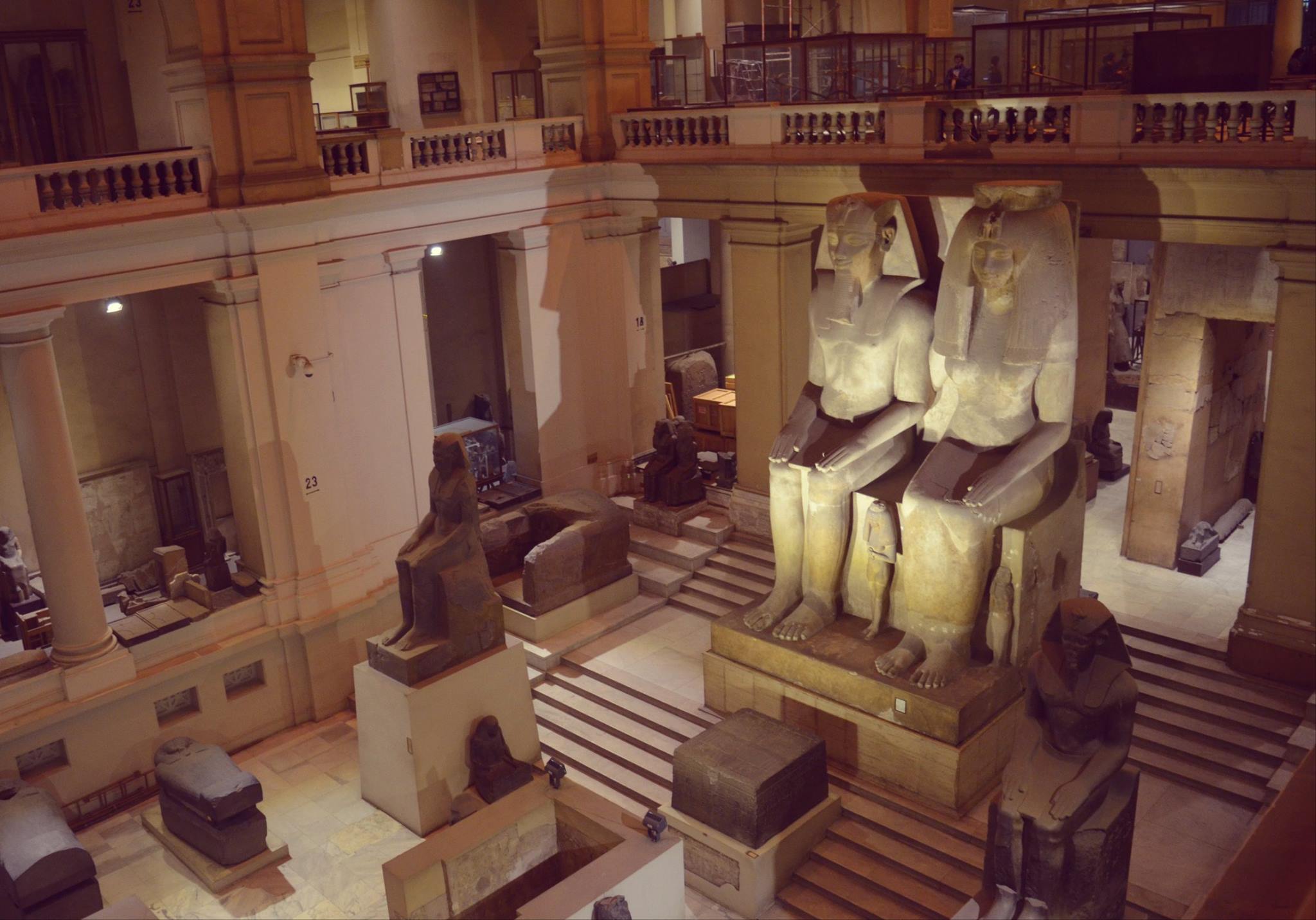
My name is Ali Ibrahim, and I have been living in Sydney, Australia since 2021. I moved here to pursue a postgraduate degree in Museum Studies at the University of Sydney after having worked as a conservator in various museums across Egypt. I have also lived in Chile and the United Arab Emirates, and as such am no stranger to what it’s like living away from home.
When I first arrived in Sydney, I struggled to find an Egyptian community. They are sprawled across the city’s suburbs, including Bankstown, Parramatta, the Sutherland Shire, and more.
I could not find any obvious ‘Egyptian’ places, such as clubs or associations, where Egyptians congregated, as many other Arabic speaking communities have established, so I relied on social media, particularly Facebook, to help me connect with Egyptians around me.
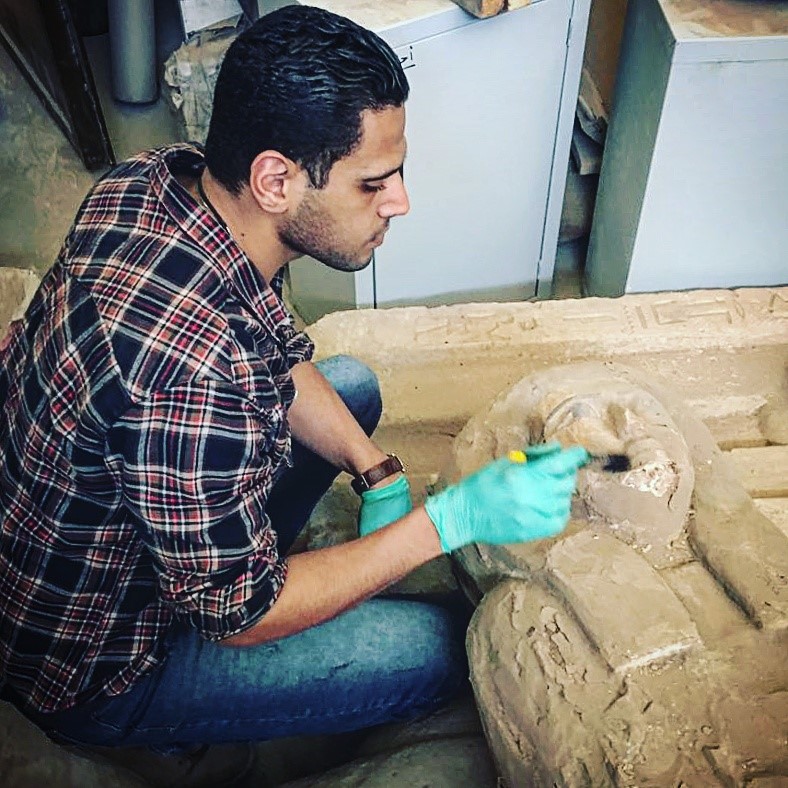
Finding a Local Egyptian Community
I think part of the difficulty in finding the local Egyptian community here is caused by the generational spread. The older generations were mostly born in Egypt and migrated to Australia in the late 1950s and 1960s, while the younger ones were born in Australia to one or more Egyptian parents. In my opinion, this means that they are growing up Australian first, and being Egyptian – if at all – comes somewhere after that.
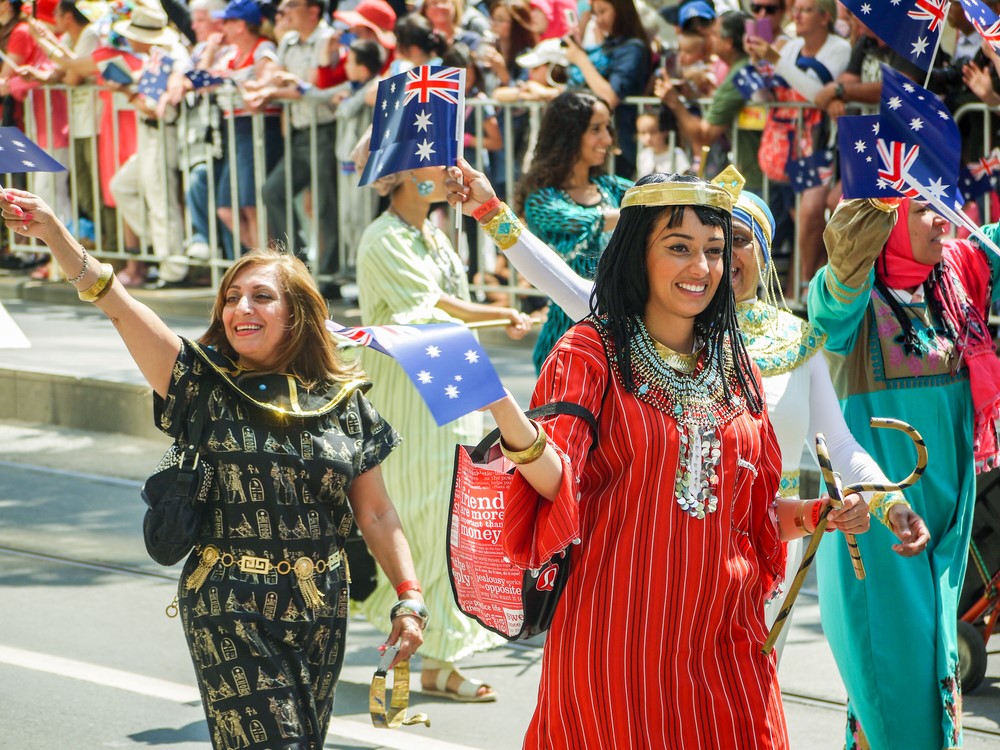
This is something I have spoken about with friends and acquaintances of all age groups, including some of the participants in the Museum’s focus groups, and it is interesting to hear their insights:
“Egypt is my roots; Australia is my life.”
“My parents were born in Egypt; I was born in Australia. But I have never been to Egypt, and I do not speak Arabic, so I am fully Aussie!”
“I am Australian with Egyptian parents, but I don’t know that much about Egypt.”
“My father is Egyptian, but I have never been there…I wish to visit Egypt and see the pyramids one day.”
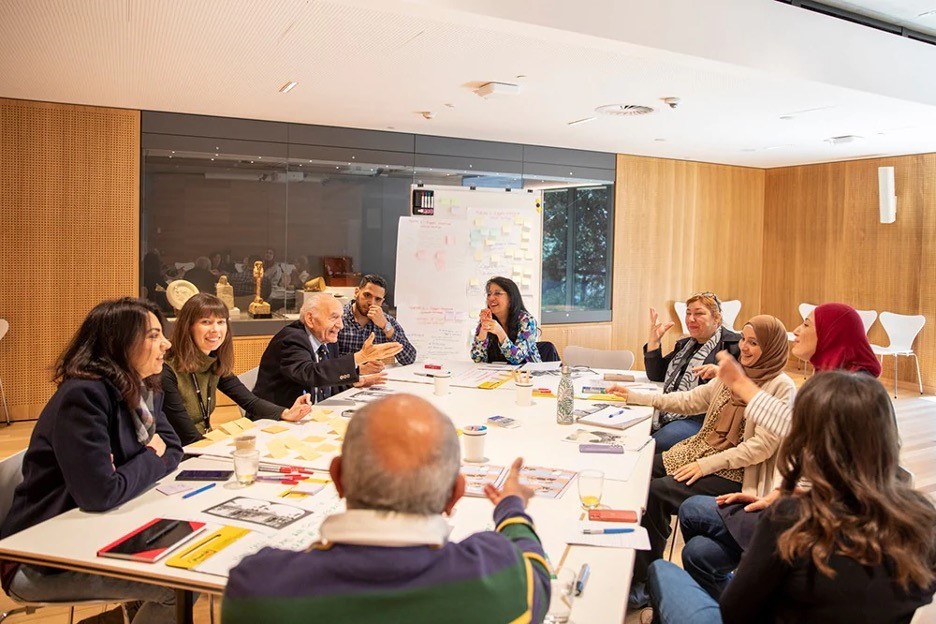
Creating Cultural Connectedness
Life in Egypt is completely different to any other country.
Egypt has a huge population – there are almost as many people living in Cairo as there are in the whole of Australia! – and a rich culture of food, music and traditions that make it unique.
I miss chatting with friends and family, Cairo nights, walking by the Nile, museums and archaeological sites and our special food – finding restaurants in Sydney with traditional Egyptian dishes is hard. But, given that Sydney is a multicultural city, home to many communities of different backgrounds, Egyptians – in my opinion – have a less visible presence in Australia.
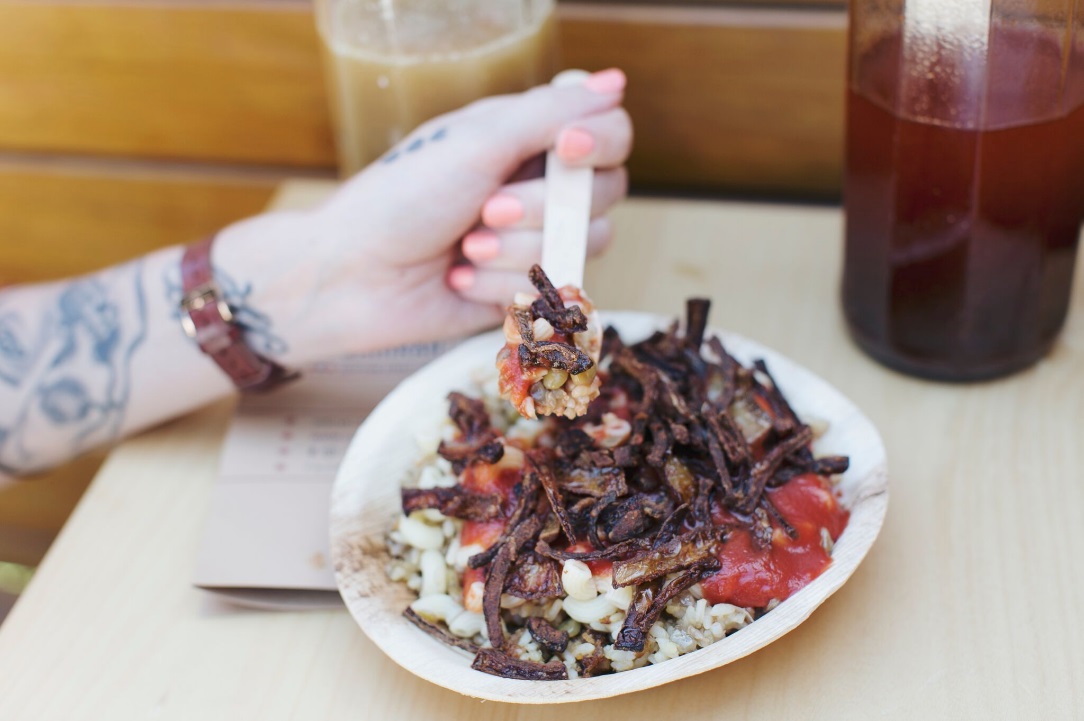
Ancient Egypt, however, particularly the pharaonic period, is known by everyone. This is mainly through learning at school, from books, television, cinema and other aspects of popular culture, as well as museums. While studying at the University of Sydney, I was amazed to discover the Chau Chak Wing Museum’s significant collection of Egyptian antiquities.
For Australians not from an Egyptian background, the Nicholson Collection at the Chau Chak Wing Museum is often their first – or at least one of their earliest – encounters with Egypt, and an opportunity for people to learn more about the ancient civilization. But for Egyptian migrants and Egyptian-Australians, the collections are an opportunity for so much more.
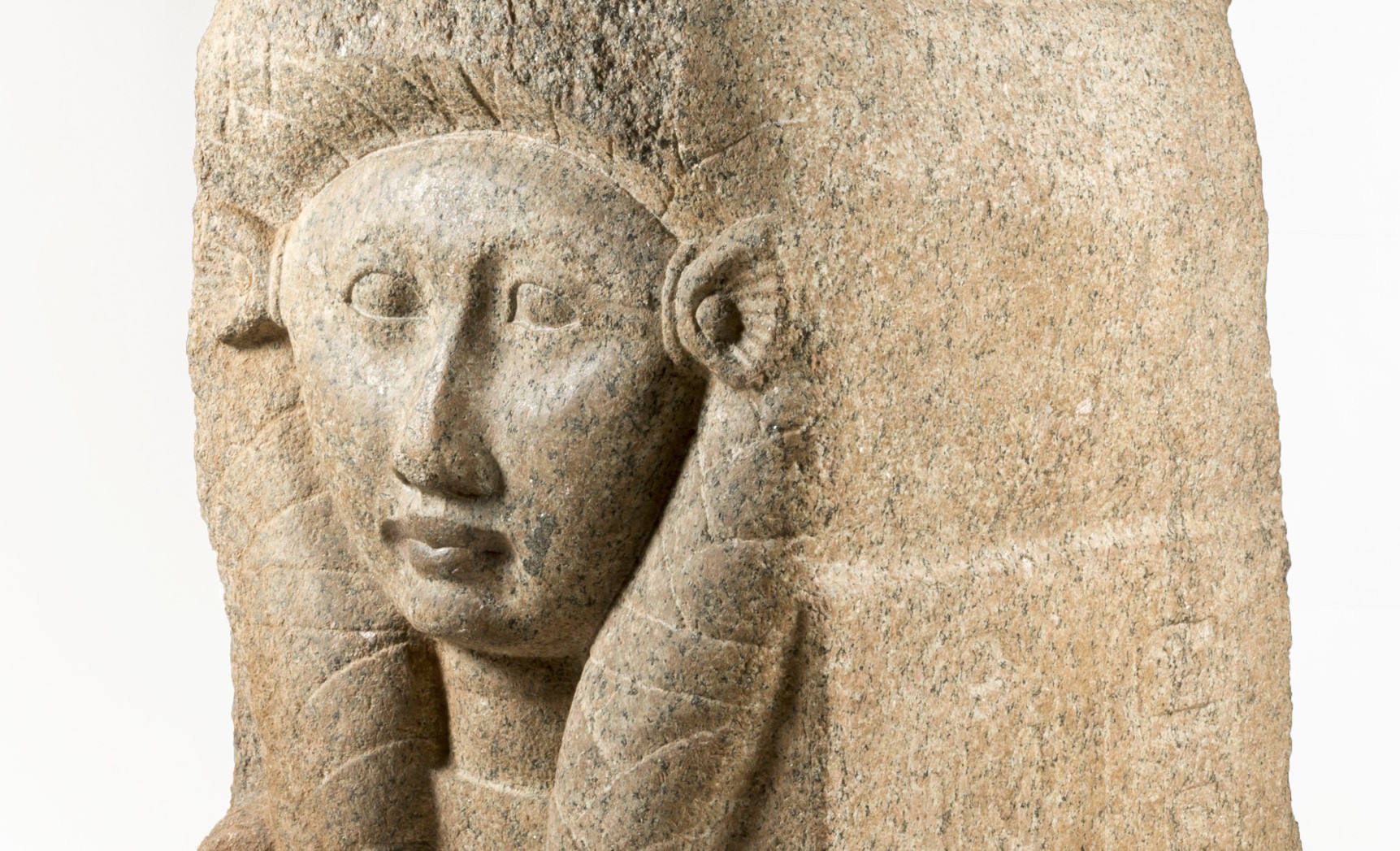
My experience living abroad has made me realise that aspects of this collection may, in fact, help with creating cultural connectedness, and it got me thinking: how could museums and the diaspora be working together to serve both dispersed communities and collections? Can the Chau Chak Wing Museum really help first, second, and third generation Egyptians maintain their ‘Egyptian-ness’ outside Egypt? Should it?
I am currently working with the Chau Chak Wing Museum to explore these possibilities as part of my Master of Museum Studies internship. I have begun trying to find the untold stories of the collection. That is, the untold stories of Egyptians as they relate to both Egyptian and Australian history.
For example, the Egyptian workmen involved in the excavation of material in the collections, and what life was like on site for them, as well as modern Egyptian interpretations of ancient Egyptian objects through the lens of contemporary culture and language.
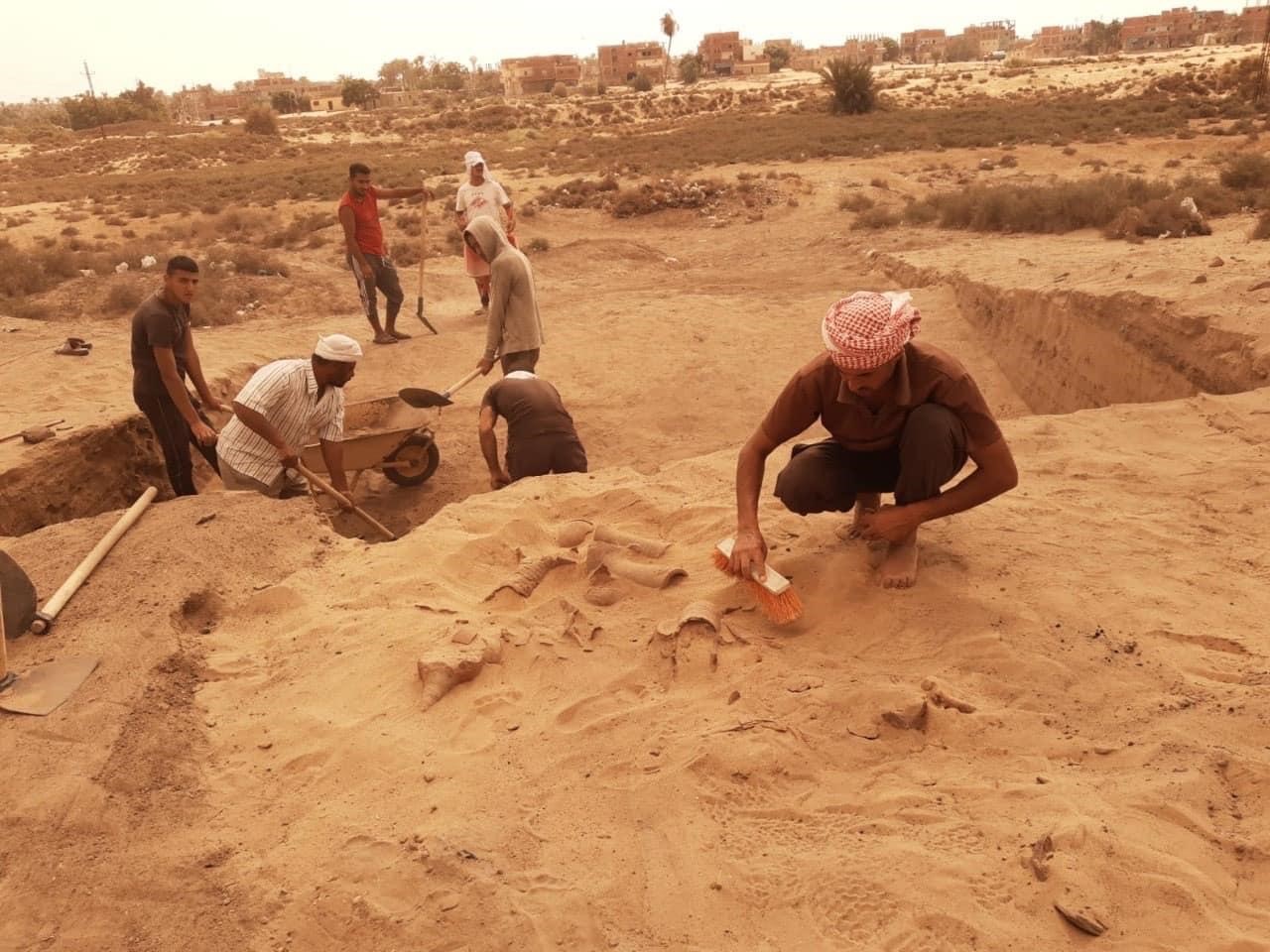
Not only do I believe that this is a way to engage modern Egyptian communities with their heritage, but it creates a new way of thinking about ancient Egypt, and its colonial impact, for all museum visitors.
I believe that a museum’s role is to be a place in which all communities feel welcome, and can have their stories shared. Until now, the modern Egyptian community in Australia has not been considered in the narration of their long history, but we are slowly working towards changing that.
The opinions and ideas expressed in this article are the author’s and do not necessarily reflect the views of Egyptian Streets’ editorial team. To submit an opinion article, please email [email protected].
This article is part of an ongoing conversation series published on Egyptian Streets co-written by community participants from Australia’s Egyptian diaspora and the curatorial team at the Chau Chak Wing Museum.
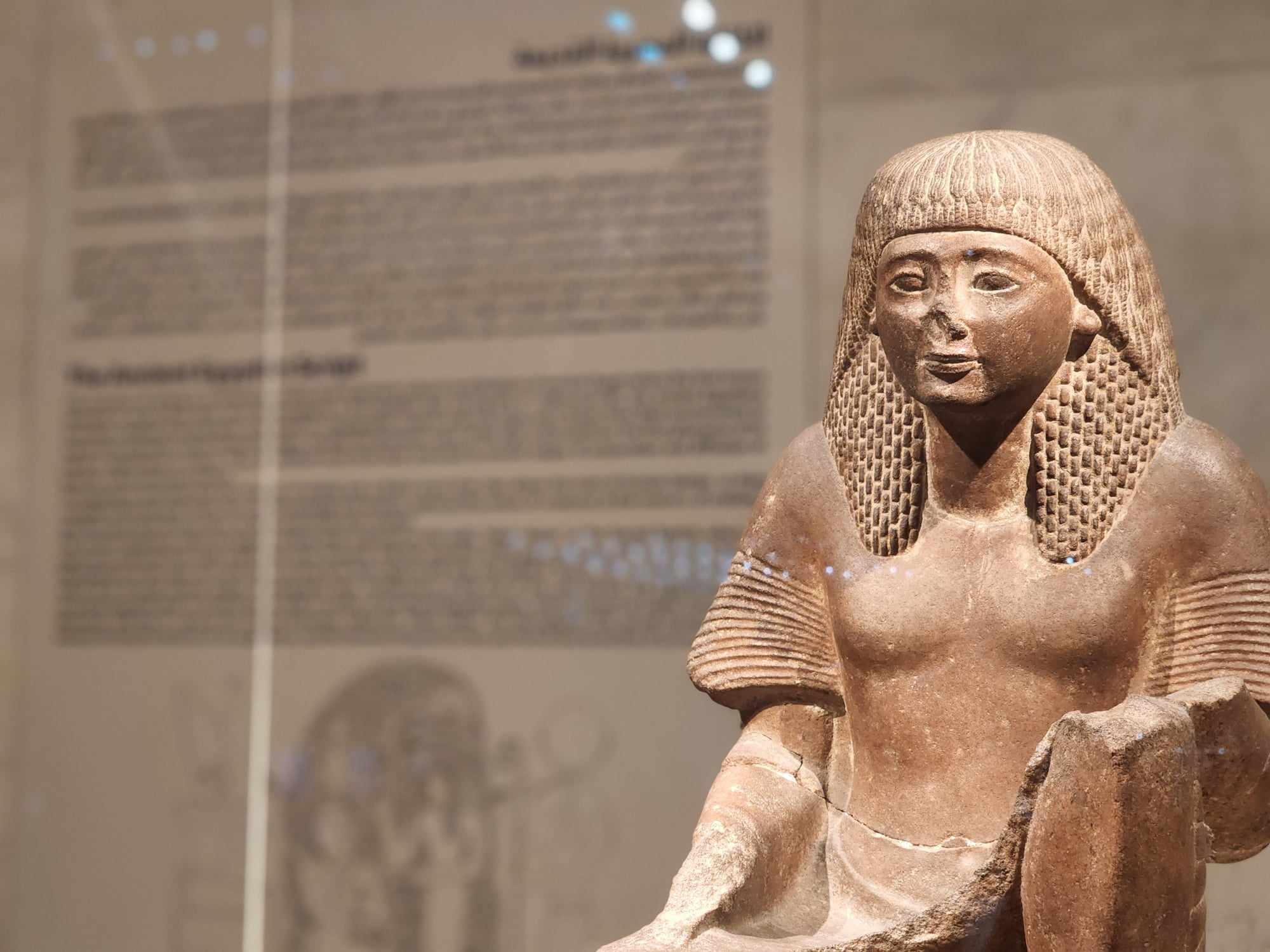



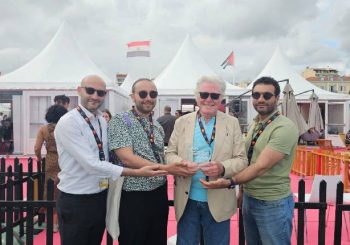
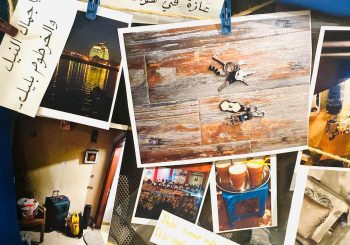
Comments (0)